CBS is getting a strategy for sustainability

The future of CBS is about to look greener. The Green Network, consisting of professionals, experts, and students from CBS, has received a green light from the senior management to draft a sustainability strategy for CBS. The first initiatives will be ready in 2019, and you can participate by sharing ideas that would make CBS more sustainable.
Have you ever had an idea for how CBS could become more sustainable but did not know who to turn to? Wait no longer.
The Green Network, which was established last autumn with members from OIKOS, the Department of Management, Society and Communication, and Campus Services, has just received the go-ahead from the senior management to develop a sustainability strategy, and they need your ideas to make CBS much greener.
“The support from the senior management means that we don’t have to work in the shadows anymore and that we might be able to gain some funding in the future for the initiatives that have a good business case,” says Tore Klitgaard, project manager of Green Network and architect at Estate Management, who is encouraging everyone to contact him with ideas the masterplan should support.
Read more: Sustainability: Is CBS talking the talk but not walking the walk?
Patricia Valdman, CBS student and member of the education team from the student organization, Oikos, is also a part of the Green Network, and is happy to see that the people working on this project are excited to do so.
“I have attended the strategy meetings, and it is super motivating to see how excited the people working on this are. I am really curious about the outcome, and I see it as an important milestone that the senior management is actively taking part in the project,” she says.
Right now, a lot of change agents are working towards a shared goal, but separately
Patricia Valdman, Oikos
The Green Network’s task is to coordinate and assemble the people “with the right knowledge and level of engagement” from the inside and outside of CBS in order to create a sustainable profile for CBS. The strategy is expected to be approved in June, and if the masterplan of initiatives are to be carried out in 2019, they have to be approved in December.
A living laboratory
The University of Copenhagen has had a strategy for sustainability since 2008. The strategy has set goals to reduce CO2 emission by 65 percent compared to 2006 by 2020, and to reduce the overall energy consumption by 50 percent compared to 2006 by 2020.
Tore Klitgaard cannot guarantee that CBS’ strategy will contain goals such as these, but there will be other ones instead.
“The goals we set have to be realistic, so that that the people in charge of implementation can commit to them. Furthermore, it is more important to have a follow-up plan based on the performance in order to avoid performance gaps and to be able to change means if needed. In the end, it is also a matter of bringing data to the students and researchers who will be able to explore the campus as a living laboratory,” he says.
Sustainability has to work as a movement in the sense that we have to change our daily habits
Tore Klitgaard
Louise Kofod Thomsen, project manager at PRME and member of the Green Network, has a clear idea about what she wants to have in the strategy. She finds it important to have clear targets.
“In order for the whole of CBS to share the same understanding of what sustainability means, the sustainability strategy should first provide a definition of sustainability,” she says and continues:
“Next, there should be clear targets, measurements, and outcomes with strong buy-ins from management, staff, and students. The strategy should cover areas from research, curriculum, and operations including food, mobility, energy, waste, and etc. It should also cover, social aspects such as equality, inclusion, health, and wellbeing.”
Read more: Sorting bins at CBS didn’t get sorted at all during the past six years
Louise Kofod Thomsen’s final wish is to see a strong commitment to the UN Sustainable Development Goals. (See factbox)
“The goals would provide a global framework for how to implement sustainability and engage with local and international stakeholders on sustainability issues,” she says.
When Patricia Valdman is asked, what she, as a student, would like from the strategy, she points out that it is difficult for students to engage in the sustainable development of CBS as it is right now.

“Something I would really like from the strategy is, among others, a ‘green office’ where members of Oikos and other student organizations could just drop by, share their knowledge and thereby create synergies,” she says and adds:
“Right now, a lot of change agents are working towards a shared goal, but separately. I wish that, in the future, we will be able to combine our efforts.”
CBS as a green frontrunner
CBS has had several sustainability initiatives before, and it is a part of Campus Services’ strategy to work with sustainability. But why does CBS need an overall strategy for it?
“Sustainability has to work as a movement in the sense that we have to change our daily habits. In order to do that, we simply need some guidelines,” says Tore Klitgaard.
Louise Kofod Thomsen points out that the strategy is about much more than just giving guidelines on how to reduce CO2 emissions or use less resources.
“Sustainability is more than minimizing the negative impact, and therefore, CBS should be a frontrunner when it comes to facilitating innovative solutions in sustainability through teaching and by engaging the students,” she says.



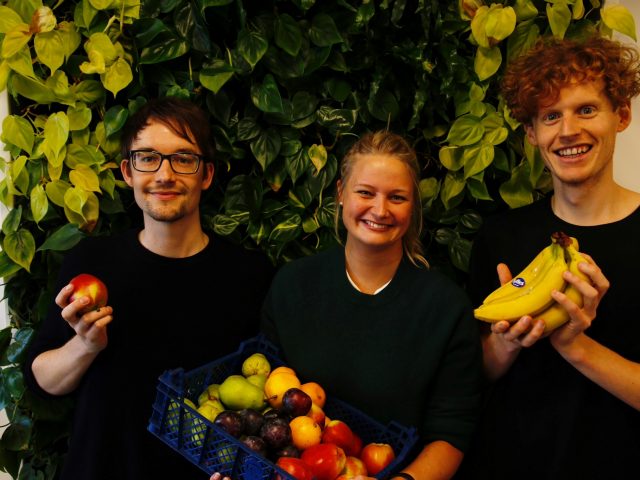
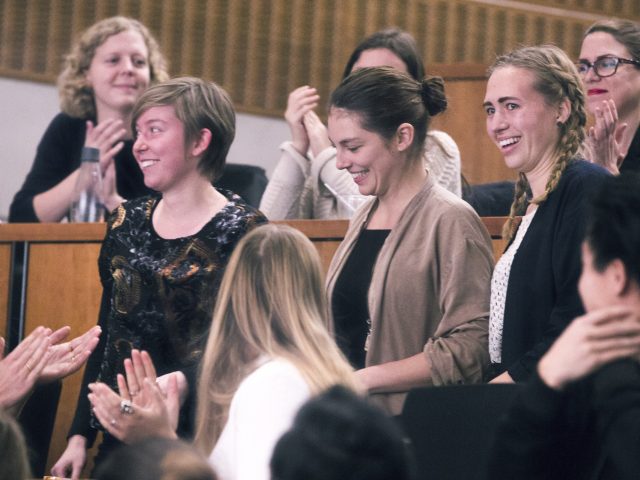
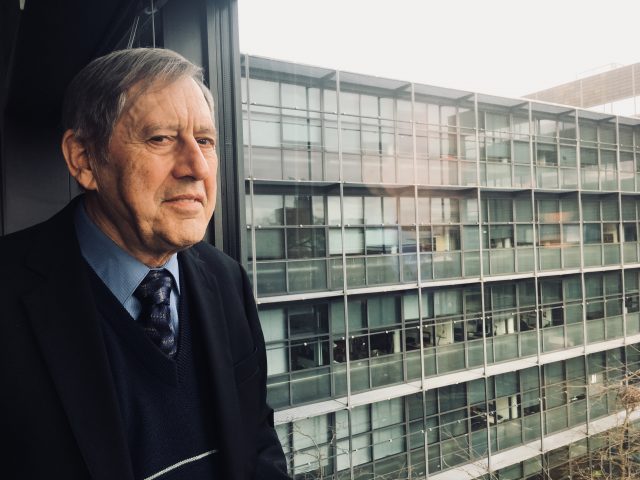
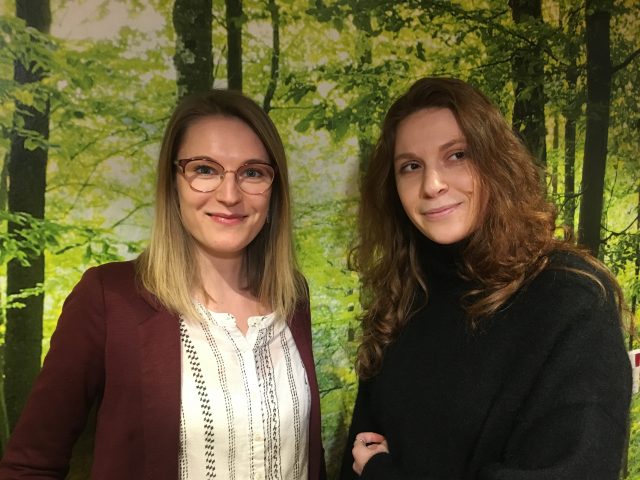
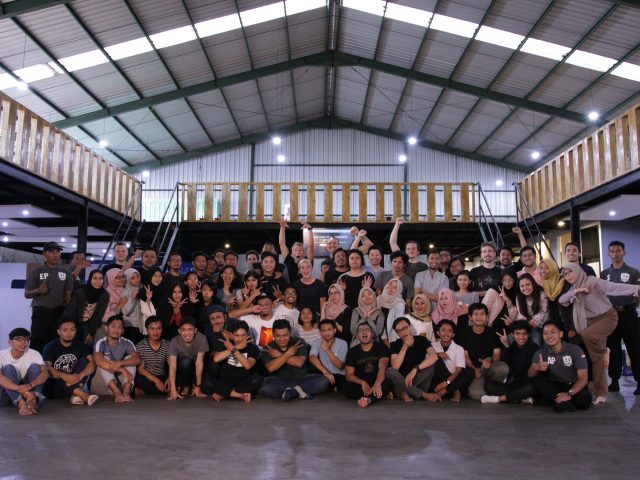





























































































































Comments